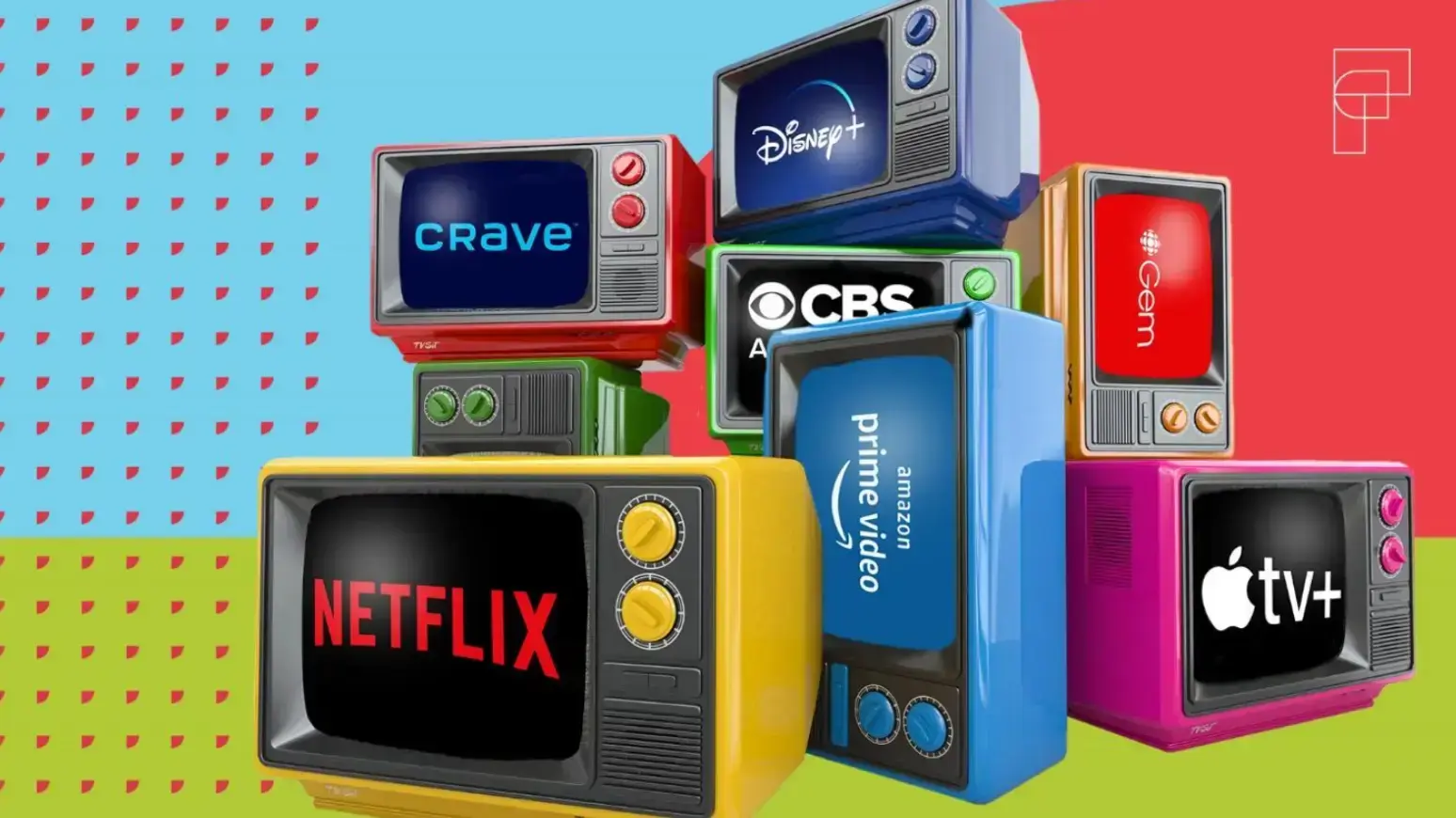As a savvy marketer or content creator, you may want to maximize your revenue generation potential. There are multiple channels worth exploring. But none have the magnetism or impact of videos.
This particular content format has kickstarted many success stories in the online space. It has proven to be an effective way to generate and nurture qualified leads. After all, 100 million users watch videos online every day.
Article Shortcuts:
So, while the demand is definitely there, all you need to do is meet it and grab eyeballs before your competitors do.
Online platforms and social media have shown an upward trajectory. As such, video content creators have a unique opportunity to monetize their work. They can now turn their passion into a sustainable income stream.
This article explores the top strategies for monetizing video content. As a creator, you can leverage these strategies to reach your financial goals.
What is Video Monetization?
It is the approach used by content owners to generate income from their video assets.
You can leverage metrics like engagement and viewership. Plus, you have many advertising opportunities. These come together to form a robust video monetization strategy for your brand.
These options provide a clear pathway for you to continue delivering high-impact videos to users while turning this venture into a successful business.
How to Monetize Your Video Content?
You may be wondering how to drive income from your video content. Well, there are many viable options available. Let us cover them one by one below.
1. SVOD (Subscription Video on Demand)

Source: FUSE Create
SVOD stands for subscription-based model. In this approach, viewers pay a recurring fee (usually monthly or annually), which gives them access to an extensive library of video content.
Such an online video monetization platform gives creators a consistent and predictable revenue stream. Subscribers pay for ongoing access to their content, making this possible.
SVOD platforms typically offer ad-free viewing experiences, a highlight feature of this type of monetization strategy that makes it appealing to viewers who prefer uninterrupted content consumption.
2. AVOD (Advertising Video on Demand)

Source: VPlayed
AVOD platforms allow viewers to access video content for free.
The heavy lifting of income creation is done by displaying advertisements during or around the video content. When creators build this type of video monetization platform, they can monetize their videos through the following means.
- pre-roll ads – These are ads played before the video starts,
- mid-roll ads – These are ads inserted during the video and
- post-roll ads – These are ads played after the end of the video.
Revenue is typically based on various factors, such as the number of ad views or click-through rates. Even ad rates are a deciding point.
3. TVOD (Transactional Video on Demand)

Source: Enveu
TVOD platforms, operated by OTT platform providers, function on a pay-per-view model. With this option, viewers pay a one-time fee to purchase and access specific video content. Movies, TV shows, or even exclusive video series can be made available.
This video monetization model is particularly suitable for premium, high-quality content. Recent releases that have dropped on OTT for an ‘early access’ fee are an example.
Viewers are willing to pay for such exclusive videos on an individual basis. Creators can earn revenue from each purchase or rental of their video content.
4. Coupons and Promotions

Source: Couponswala
In this approach, video content is an impactful marketing tool for brands. Creators can collaborate with companies to monetize brand videos.
As a result, they can insert the brand’s promotional codes or discount coupons within their videos.
When viewers use these codes or offers, the creator earns a commission or revenue share from the resulting sales or customer acquisitions. The producer pays for the content placement.
The viewers get a discount or offer on the purchase, and your video gets a commission. This way, the coupon placement becomes a win-win for all.
5. Catch-Up TV
This is an exclusive Internet TV feature that lets viewers watch a show or program after it has been broadcast.
Channels and streaming services like FX and SKY are good examples of this type of video content. This is a viable method of making video content available on various platforms.
This allows creators to reach a wider audience and generate revenue by letting viewers download the content at a bargain for a limited time.
6. Third-Party Ad Integrations
Many video platforms allow creators to integrate third-party advertising networks or marketplaces into their content. An example is VPlayed. This way, you get a chance to monetize your videos more effectively.
This is made possible when you display relevant and targeted advertisements to their audience.
7. Server-side Ad Insertion or SSAI
This technique dynamically inserts ads into video streams on the server side. This is in stark contrast to the conventional approach of inserting ads on the client side (the viewer’s device).
This approach ensures a seamless viewing experience for the audience because the ads are integrated into the video stream before they reach the viewer.
Partnering with a creative ad agency in Los Angeles can be a game-changer for monetizing your brand's video content online.
Their expertise in crafting compelling narratives, leveraging cutting-edge technology, and utilizing strategic marketing techniques ensures that your videos not only capture attention but also drive significant revenue.
SSAI also provides greater control over ad placement and eliminates ad blockers. You can also benefit from enhanced ad targeting and lucrative monetization potential.
To fully understand how this works, it's important to ask what streaming server technology is. It plays a critical role in enabling seamless ad integration and video delivery.
8. Video Paywall

With this strategy, you present a portion of your video content for free. However, viewers must pay a fee to access the complete video or additional exclusive content.
Many OTT shows provide the first episode free in order to lure in the viewers. They then need to pay to watch the rest of the episodes.
This model can be effective for premium or niche content. Hence, you can make money from viewers who are willing to pay for access to the full content. At the same time, you can attract potential new viewers with the free sample.
9. Hybrid
A hybrid approach combines multiple monetization strategies within a single platform or content offering. For example, you can offer a free, ad-supported tier that can be blended with a premium, subscription-based tier.
Alternatively, you can integrate diverse online video monetization techniques. An example is a mix of advertising, pay-per-view, and promotional integrations within their video content.
This diversification of revenue streams is a smart move. It can help mitigate risks and capitalize on monetization potential.
To Conclude
Video monetization has proven to be a growth accelerant for many content creators. As seen above, you can leverage various options to monetize your video content. Connect with a leading video monetization platform to see a surge in money-making potential.


